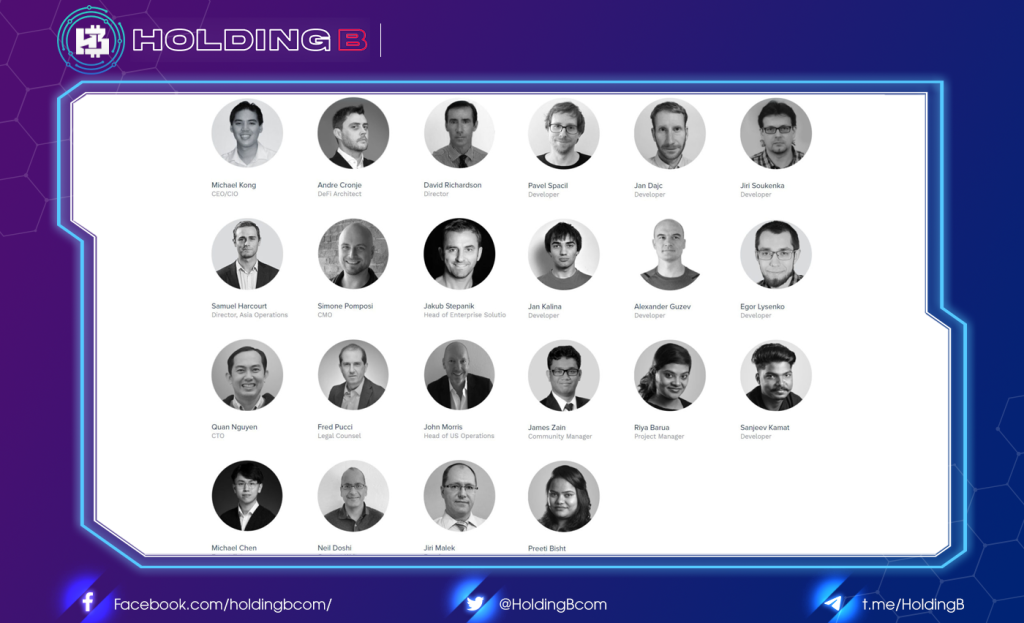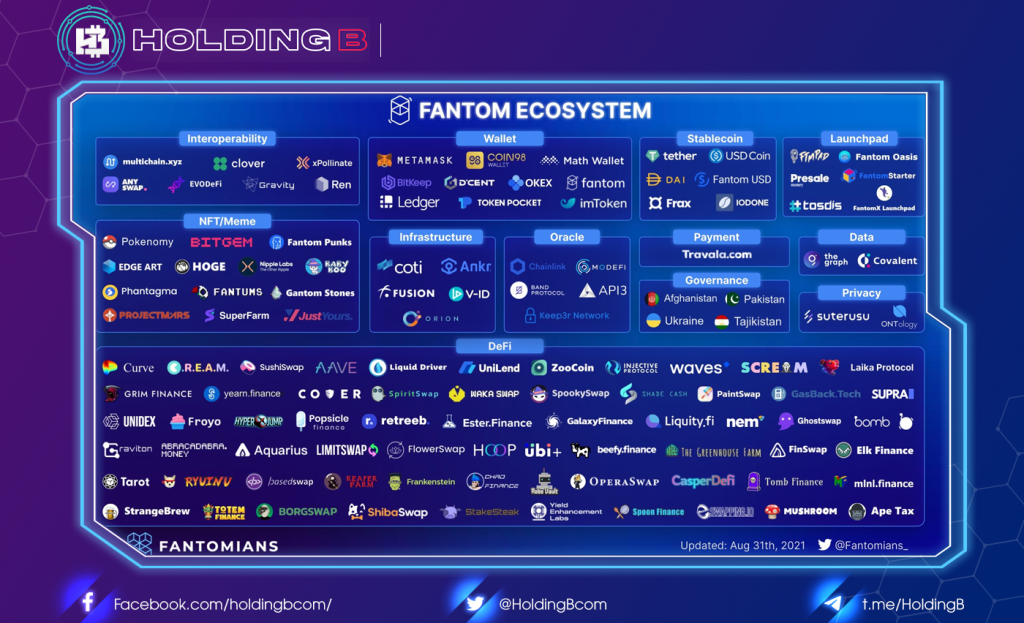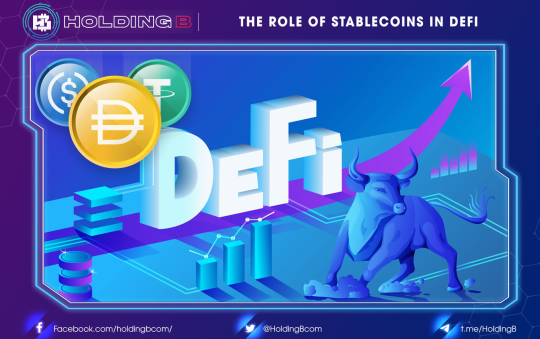What is Fantom?
Usually, DeFi platforms are blockchain-based networks that provide a series of functions for their users. In this case, Fantom is not a blockchain, rather a network of blockchains that allows users can to build their blockchains with scalability, speed, and effectiveness.
In essence, Fantom is the first DAG-based Layer-1 blockchain and smart contract platform that offers several functions for DeFi users. Among them are minting, trading, lending, borrowing digital assets, staking, and much more. The platform also offers solutions for the typical issues regarding blockchain, like scalability and confirmation time.
How Does Fantom Work?
Fantom uses the Asynchronous Byzantine Fault Tolerance (aBFT), an algorithm with a directed acyclic graph (DAG) consensus. To better understand this, the aFBT is an algorithm that belongs to Byzantine Fault-Tolerant consensus and allows for honest nodes of a network to guarantee to agree on the timing and order of a set of transactions fairly and securely.
Byzantine Scenarios
The Byzantine scenario is a trust-issue situation where a system needs to rely on its actors to address a set of failures or attacks. It was first used to describe a situation where a failure could occur in a predetermined moment of a distributed network protocol. When such situations happen, the protocol’s actors have to plan a strategy to address these issues.
aBFT Consensus
To address Byzantine scenarios, Fantom uses an aBFT algorithm with a directed acyclic graph (DAG) consensus, which is a graph directed to one way, without circles connected to other edges. In other words, a node’s information can only travel to another one in a single way.
Essentially, when a network is Byzantine fault-tolerant, all nodes can reach an agreement and continue to function even if there is a malicious attack.
Scalability and Speed
Moreover, Fantom addresses issues regarding scalability and speed with the aBFT algorithm. In particular, aBFT eliminates the dependency on timing assumptions associated with transactions without dismissing security or falling into centralization. Thus, the confirmation speed is faster and more secure, unlike traditional blockchains.
In the Byzantine case, a loss or delay of some messages is possible, the same thing happens in a network. The aBFT consensus is capable of addressing these issues by reaching agreements with the network’s nodes, despite messages being lost.
What makes Fantom so special?
Fantom (FTM) recognizes the limitations of current blockchains in the crypto world and plans to overcome them. The decentralized, scalable, permissionless, and open-source Fantom platform gives it an edge over major blockchains.
With the desire to be able to apply Fantom technology to many areas close to life such as real estate, healthcare, logistics, food technology, telecommunications, electronics, banking,…, Fantom has applied it. new technology protocol Lachesis to solve the problem of transaction speed when this number reaches 300000 transactions per second.
Fantom uses a new consensus mechanism built from the ground up to support decentralized finance and related services based on smart contracts. Fantom’s Lachesis mechanism promises much higher throughput and the ability to complete transactions in 2 seconds, along with security improvements over a Proof-of-Stake (PoS) based platform. traditional.
Fantom helps reduce costs and increase the performance of decentralized applications (DApps) through Lachesis – a DAG-based asynchronous agnostic algorithm that runs Fantom’s Opera mainnet. The main purpose of Opera mainnet is to enable the use of smart contracts through Ethereum’s EVM (Ethereum Virtual Machine).
Unlike Ethereum, which represents a single decentralized machine, Fantom is made up of an uncountable number of decentralized systems that interact with each other, despite operating independently in different zones. their specific area. One big problem that Fantom solves is called the ‘Blockchain Trilemma’. Blockchain trilemma refers to a balance between speed, security, and decentralization that cannot be achieved at the same time. However, Fantom uses a permissionless protocol to achieve decentralization and security and uses an asynchronous aBFT (Asynchronous Byzantine Fault Tolerance) consensus algorithm to process asynchronous transactions which speeds up the overall process level.
A unique element of Fantom is that its network is completely independent, which means that the traffic congestion performance of one area does not have any effect on other parts of the network. This high degree of scalability is powered by Fantom, which provides every application with its personalized (standalone) blockchain with custom governance rules, tokens, and tokenomics.
Fantom’s internal token, FTM, is the backbone of transactions, allowing fees and staking, as well as rewards for users who stake.
How does Lachesis Consensus work in Fantom?
Fantom developed the Lachesis Consensus BFT (Asynchronous Byzantine Fault Tolerance) technique to overcome vulnerabilities in the Classical and Nakamoto consensus protocols.
In terms of its concept of aBFT, Lachesis is capable of processing transactions at a variable rate and tolerating up to one-third of faulty users that engage in Malicious Behavior while posing no threat to the network.
Unlike Proof-of-Work (PoW), which requires time-consuming verification, the aBFT technique tends to go beyond other BFTs consensus and is purposefully designed to reduce transaction time while maintaining scalability. As a result, the Lachesis Census was able to create a time-efficient finality transaction; each transaction can be correctly confirmed in less than one second.
The Directed Acyclic Graph (DAG) is used by each Lachesis node in Fantom to determine and confirm the order of Event Blocks in the system. The confirmed blocks will be aggregated as a final chain as part of Fantom’s foundation layer once the events have been concluded individually. The transaction is now completed and waiting for processing.
Unlike other types of consensus, which often send information between blocks, Lachesis consensus exclusively sends information between nodes. As a result, when it comes to transaction speed and security in under a second, this protocol is the clear winner.
As a result, the Lachesis Consensus Protocol mainly relies on Proof-of-Stake (PoS) to ensure that all validator nodes have equivalent influence over the network and can join or leave at any time
What’s outstanding about Fantom?
Extensibility
Each network built on Fantom is independent of the other. Their performance and stability are not affected by traffic or congestion.
The first generation of blockchain platforms (Ethereum and others) opened the door to smart contracts and conditional logic instructions that allowed the execution of applications on the blockchain.
However, with more complex dApps, with the increase in users, the entire network slows down. This happens because all dApps use the same infrastructure. It is similar to executing multiple applications on a single computer: at some point, the computer will choke and start responding very slowly or even hang completely.
Fantom solved the problem of scalability by providing each application with its blockchain, similar to running each application on different computers on the same network.
Each blockchain is independent of the other and can have custom tokens, tokens, and governance rules. However, all tied to Lachesis, Fantom’s ultra-fast aBFT consensus, all blockchains can interact with each other and benefit from the speed and security of the underlying technology.
Each network is fully customizable for a specific use.
If Ethereum is like a decentralized computer, then Fantom is a network made up of countless decentralized computers. They all share the same logic, but they are completely independent of each other. However, they can easily communicate with each other.
In other words, Fantom is a network of networks.
Security
Fantom is secured with Proof-of-Stake. Unlike Proof-of-Work, which is used by Bitcoin and Ethereum, Proof-of-Stake prevents centralization and saves electricity.
Lachesis can provide institutional-grade security for distributed networks. Fantom provides absolute finality, which means that transactions can never be reversed as in networks with probabilistic finality.
The consensus mechanism can also scale to hundreds of nodes, increasing decentralization and thus maintaining security.
Openness
Fantom is an open-source network with no licensing required. Anyone can become a validator node
On Fantom’s Opera Chain, a virtually unlimited number of validators can participate in securing the network provided a minimum stake of 3,175,000 FTM is required for the network.
If you own a lower number of FTM tokens or are not an expert in running distributed systems, users can still participate in the security of the network.
Users can delegate a minimum of 1 FTM to a validator node and receive rewards.
What is Fantom Opera?
Opera is a secure and fast environment to build decentralized applications. It is fully permissionless and open-source. Powered by Fantom’s aBFT consensus algorithm, it leverages its speed and fast finality, and is ready for real-world applications with no risks of congestion or long confirmation times.
The Fantom Opera mainnet is compatible with the Ethereum Virtual Machine (EVM) and provides full smart contracts support through Solidity.
Team & Investor
Team
Fantom Foundation was founded by Korean computer scientist, Dr. Ahn Byung Ik. Currently, the CEO of this platform is Michael Kong.
Besides that, Fantom has a strong team that supports its vision including engineers, scientists, researchers, designers, and entrepreneurs.

Investor
April 27, 2021: HyperChain invests $15M in Fantom.
February 24, 2021: Alameda Research invests $35M in Fantom, along with becoming a Validator Node in the Fantom network.
Tokenomics
Basic information
Token name: Fantom network
Ticker: FTM
Blockchain: Ethereum
Contract: 0x4e15361fd6b4bb609fa63c81a2be19d873717870
Token Standard: ERC-20
Token type: Native
Max Supply: 3,175,000,000 FTM
Circulating Supply: 2,541,152,731 FTM
Token Allocation (allocation of FTM tokens)
Token Sale: 40%
Market development: 30%
Advisors/Contributors: 30%
Teams and Founders: 15%

What is FTM?
FTM is Fantom’s foundation coin, used to:
Pay transaction fees on Fantom’s Blockchain network.
Stake FTM and become Validator nodes that process transactions on the network, receiving transaction fees.
Admin network Fantom.
Payment currency for Payment systems.
DeFi on Fantom
Anyone can participate in staking Fantom with a minimum stake of 1 FTM by using Multichain to swap ERC-20 FTM or BEP-2 FTM tokens for Opera FTM. In addition, to operate a Fantom validator node, users must stake at least 1 million FTM.
Fantom offers a dynamic and lucrative staking structure for its users. Users can stake their FTM at will with a validator node to receive a staking reward with an APY of 4%.
However, users can also take advantage of Fantom’s Fluid Rewards by selecting an FTM lock for a predefined period. From two weeks to a year to guarantee a higher reward rate of up to 13% APY.
On Fantom, you can use your FTM to mint fUSD and access DeFi tools. You can use fUSD to trade synthetic assets and borrow or lend to earn interest. Accordingly, you can mint sFTM at a 1:1 ratio against your staked FTM to use as collateral in Fantom Finance – a suite of DeFi applications provided by Fantom.
Some of the DeFi services that Fantom provides include:
fUSD: a Fantom-based stable coin pegged to the US dollar
fSwap: a decentralized synthetic asset trading platform
fLend: a pool of liquidity from which users can lend or borrow
Current Fantom exchange rate
Where to buy and sell Fantom (FTM) tokens?
Fantom’s FTM token is freely tradable and available on major exchanges such as Binance, Gate.io, KuCoin, Huobi, MEXC, and OKEx Korea…
FTM exists on some ERC-20, BEP2, and Opera FTM networks.
Roadmap
In 2021, it seems that Fantom’s goal is to become the Blockchain for Central Bank Digital Currency (CBDC).
The project presented Fantom’s advantage in building a CBDC to the ITU (International Telecommunication Union) with its 193 member countries and more than 700 private sector companies and 160 academic institutions.
Fantom Ecosystem
As of August 31, 2021, the Fantom ecosystem has more than 150 projects operating in many different fields. In particular, the DeFi segment is the most focused and fastest-growing segment, bringing large cash flow to the Fantom ecosystem.

Read more: A Beginner’s Guide to Fantom’s DeFi Ecosystem
See ya in the next article !
Don’t forget to follow useful articles about Crypto Market from team Holding B !!!
- Telegram Channel: https://t.me/HoldingBcom
- Telegram Group: https://t.me/HoldingB
- Website: https://holdingb.com/
- Twitter: https://twitter.com/HoldingBcom
- Facebook: https://www.facebook.com/holdingbcom





